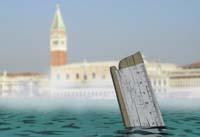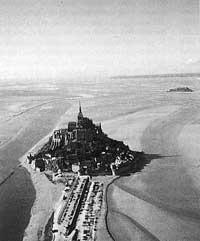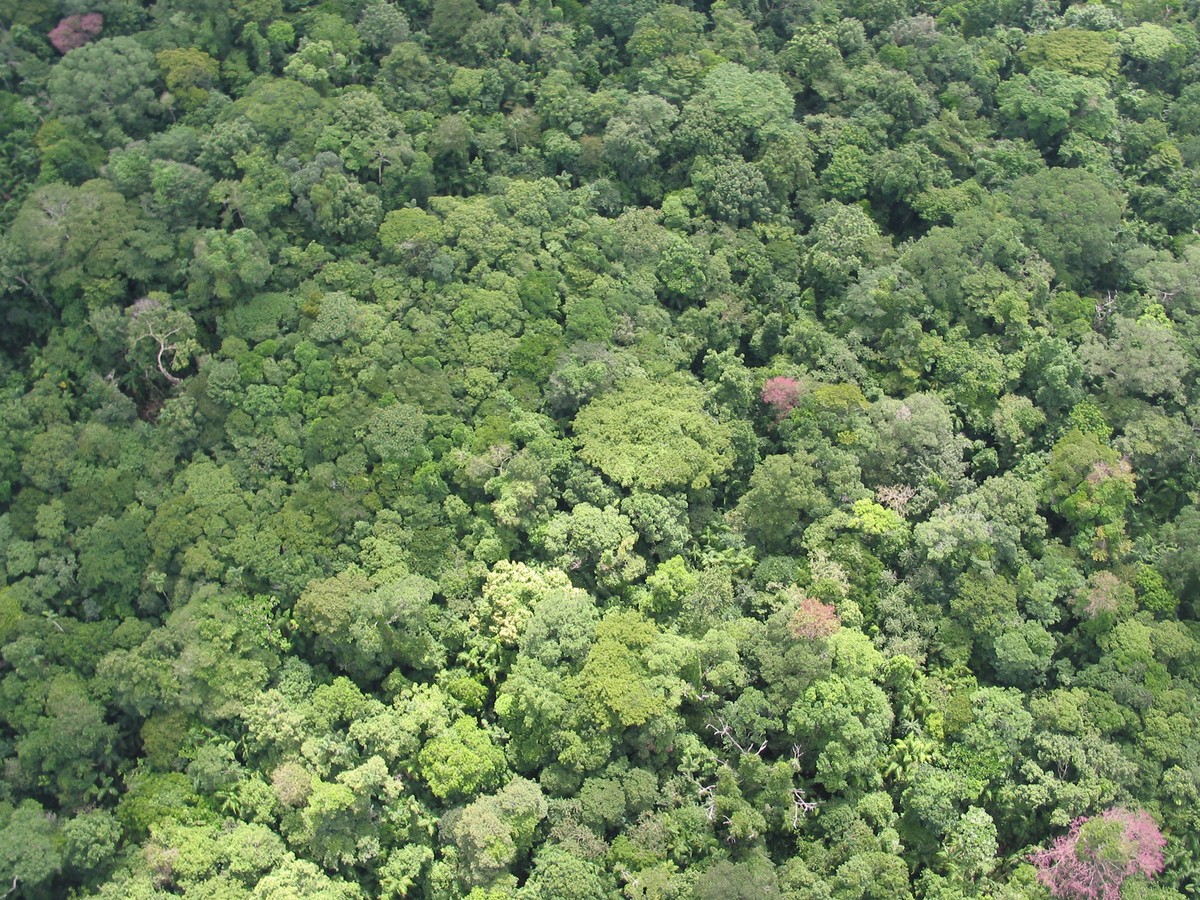The zero sea level... does it exist?
2009/05/02 Lakar Iraizoz, Oihane - Elhuyar Zientzia
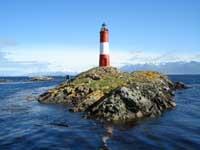
The truth is no. If we used a single reference system to determine the altitude of villages, mountains, plains and, in general, of all orographic incidents around the world, we would see that the altitudes of the cities mentioned would have another value. Why is it then the official altitude of all? Because there is no world reference point. Each country has separately determined the benchmark on which all its altitudes are based. And the distance between locations is several meters.
However, all countries have defined their point of reference based on sea level. In fact, the seas are located in areas of lower altitude, and it is a very good idea to use the sea as a criterion to determine level zero.
This good idea would be perfect if there were no Moon and the Earth did not move, in that situation the sea would be in balance and stopped. But the Moon revolves around the Earth and it moves, both around its axis and around the Sun. In addition, the interiors of the Earth also move, due to the plate tectonics and that it is not... and, of course, all that puts to dance the sea water.
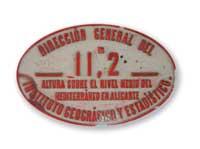
However, the idea of using sea level as a reference has been maintained, and based on this they have determined altitudes. But how to act with the movements of the sea was the decision of each country. Some villages put zero at the lowest point, as in Belgium. Others, such as Holland, at sea altitude at high tide, and others, have taken as zero sea level the mean of the tide and the low tide.
Of course, this has caused “strange” situations when they have had to work or make decisions between two countries. For example, Portugal and Spain experienced such a situation. They wanted to build a bridge on the Guadiana River, between the village of Ayamonte de Huelva and the Portuguese village of Castro Marim. When they designed the bridge, they had to make special measurements, since they realized that if the altitude is not equal, the bridge would have a indentation at the point where the parts that came on one side and on the other were joined.
In fact, Portugal has its reference system in Lisbon and Spain in Alicante. Specifically, on the third level of the stairs to access the town hall of Alicante. A bronze disc represents the zero sea level.
Need for harmonization
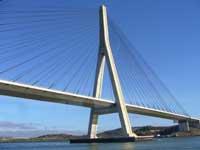
To avoid such problems, experts from several countries consider it very convenient to unify the zero sea level. And the sessions are held. In Europe, for example, since 1989, it is about putting aside the references of each country and agreeing on a single reference. But they have not yet succeeded.
The biggest problem is knowing which method to determine altitude. It seems simple when we want to calculate the height of a tree, or a house, but it is much more difficult to scale the size of the world. In short, the height is the distance measured vertically above a surface. How to define it? There is the question! Experts are working on this, who are using satellites to determine once and for all the altitude, the magnitude we use so much.
Published in Ortzadar

Gai honi buruzko eduki gehiago
Elhuyarrek garatutako teknologia



